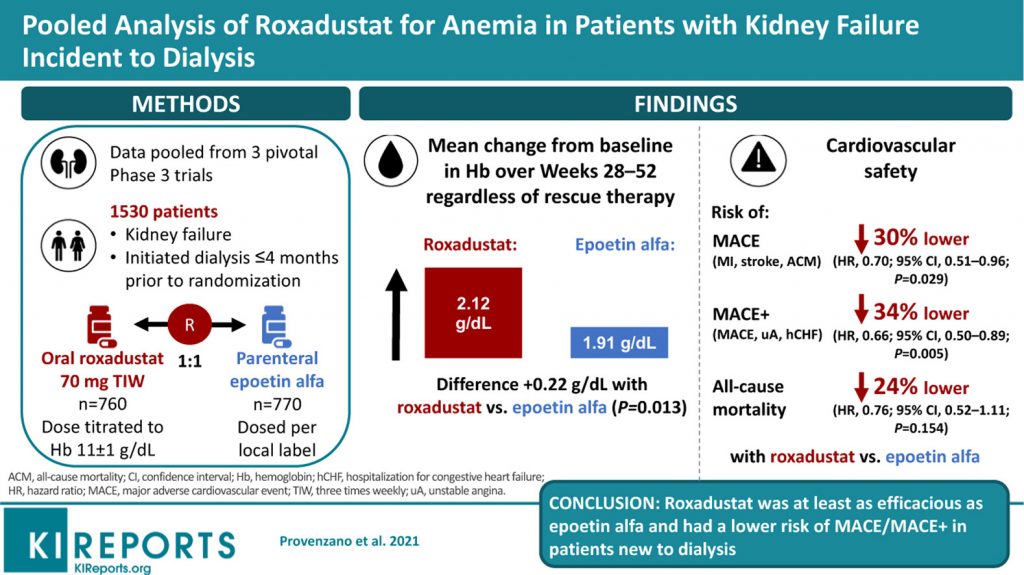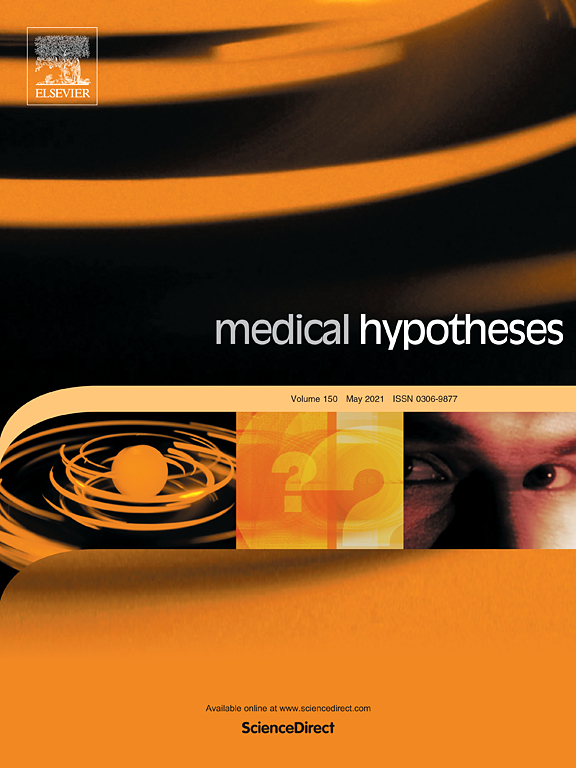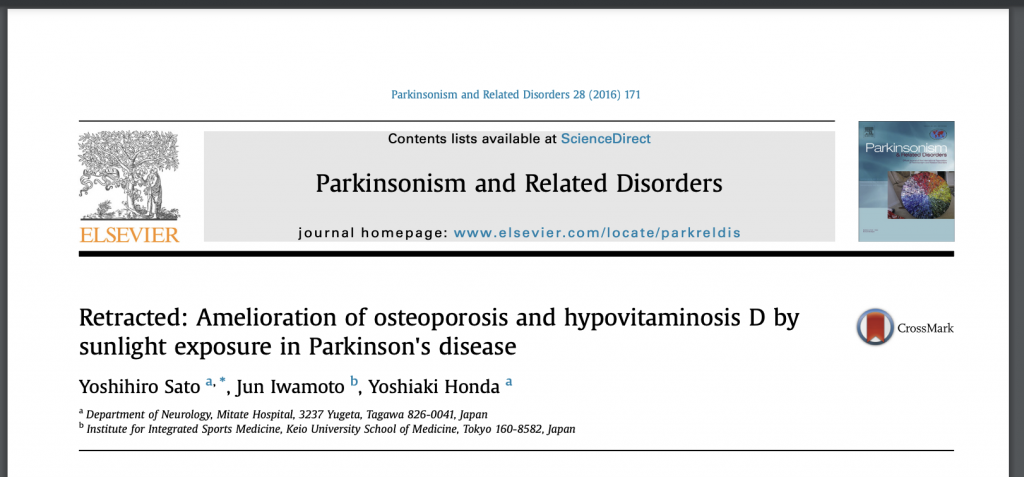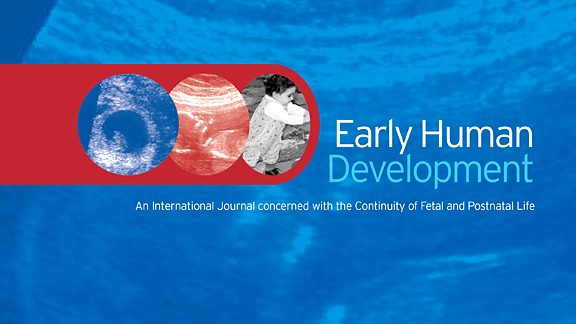It keeps happening.
There was the case of Talent Development and Excellence, which cloned an existing journal and managed to index hundreds of articles in Scopus, one of the world’s leading databases for scholarly literature. The Transylvanian Review did the same thing, and so did Test Engineering and Management.
These journals — which can make millions of dollars for their illegitimate publishers — exploit vulnerabilities in Scopus, owned by Elsevier, by making themselves look close enough to real journals, often exploiting the real ISSN and other metadata of those titles. That, in turn, entices potentially unknowing authors whose careers may depend on publishing in journals in major indexes.
Now into the mix comes Annals of the Romanian Society for Cell Biology. This time, the tip-off, discovered by Russian scholar Dmitry Dubrovsky, was almost unbelievable: an article about the Great Patriotic War — the Soviet resistance to Germany’s 1941 invasion — in a journal specializing in biochemistry, genetics, and molecular biology.
Continue reading How hijacked journals keep fooling one of the world’s leading databases








